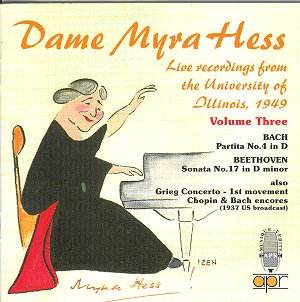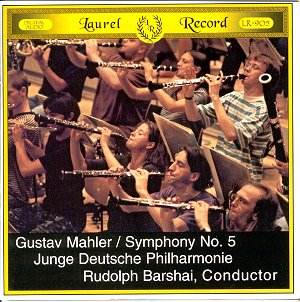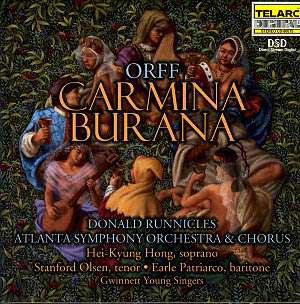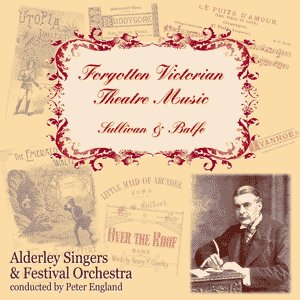 Composer: Myra Hess
Composer: Myra Hess
Works: Bach: Partita No. 4 BWV 828; French Suite No. 5 BWV 816 – Gigue; Beethoven: Sonata No. 17 Op. 31 No. 2 “Tempest”; Grieg: Piano Concerto Op. 16 – First Movement; Chopin: Etudes Op. 25 Nos. 1 and 3
Performers: Myra Hess, piano; Detroit Symphony Orchestra conducted by Victor Kolar
Recording: Live recordings from the University of Illinois, 18 March 1949 (Bach and Beethoven) and 7 March 1937 (Grieg, Chopin, Bach French Suite)
Label: APR 5549
The final volume in APR’s distinguished series of live recordings from Myra Hess at the University of Illinois provides a compelling glimpse into the artistry of a pianist whose legacy has profoundly shaped the interpretation of the Western canon. With works by Bach, Beethoven, Grieg, and Chopin, this collection not only enriches the existing discography of Hess but also offers a profound insight into her interpretative sensibilities, particularly in relation to the stylistic and aesthetic choices she made throughout her career.
Hess’s approach to Bach is marked by a remarkable balance between fluidity and articulation. In the Overture of the Fourth Partita, she navigates the inherent tensions between accented and legato phrasings with considerable finesse. Her choice to favor a predominantly legato style allows for an almost singing quality, particularly evident in the Allemande, where she curiously suppresses the left hand to create a treble-centric sonority. This deliberate choice enhances the melodic flow while allowing the intricate counterpoint to emerge naturally. The Aria showcases her ability to evoke simplicity and depth, and the concluding Gigue sparkles with a buoyancy that encapsulates her engaging and dynamic performance style.
The “Tempest” Sonata reveals Hess’s capacity for dramatic nuance. The opening movement’s mysterious ascent is beautifully rendered, with a clarity that invites listeners into the piece’s emotional depths. At the pivotal moment around 4’30, her powerful left-hand accents resonate with a palpable energy, demonstrating an interpretative mastery that does not compromise tonal integrity. The terraced dynamics she employs enhance the musical narrative, while her chordal weight in the Adagio provides a reflective contrast, leaning into a Haydnesque geniality. Although there are unfortunate gaps in this recording, particularly in the latter sections, her sculpted approach in the Allegretto offers a balanced perspective that looks both backward and forward in Beethoven’s oeuvre.
The bonus tracks from the March 1937 Ford Sunday Evening Hour broadcast present an intriguing contrast to her studio recordings. Here, the Grieg is played with a spirited blend of teasing primness and generous expansiveness, an interpretation not frequently associated with Hess but revealing her versatility. The Chopin Etudes, particularly Nos. 1 and 3, capture her vivacious energy, showcasing her technical prowess alongside an elegant musicality. While the acetates exhibit wear, the enthusiasm and artistry remain intact, reminding listeners of the vitality of live performance.
The engineering of this release warrants commendation, as the sound quality, despite the challenges posed by age and wear, is remarkably clear. The transfer has preserved the essence of Hess’s voice, allowing her interpretations to resonate with authenticity and depth. The accompanying notes are affectionate and insightful, enriching the listening experience and providing context for Hess’s artistry.
This final volume serves not only as an essential addition to Myra Hess’s discography but as a testament to her enduring influence as a creative artist. The careful curation of these performances offers both an educational and aesthetic journey into the heart of classical music, revealing the depth of emotion and technical mastery that characterized Hess’s performances. The series as a whole stands as a significant achievement in the preservation of historical recordings, allowing contemporary audiences to appreciate the artistry of a pianist whose legacy continues to inspire.



